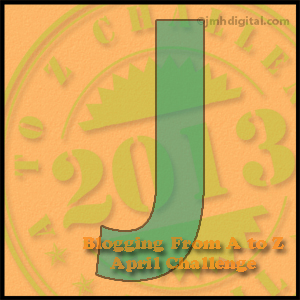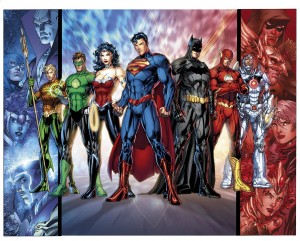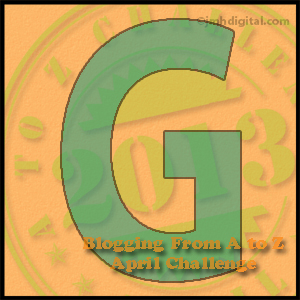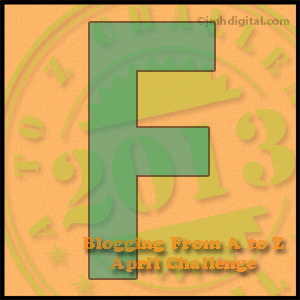 I’ve started playing D&D when I was 13; I started reading and collecting comics when I was 10. Any time I can combine my two nerdly passions it makes me very happy. When I was younger I played the Marvel Super Heroes RPG a lot (even more than D&D). I tried the DC Heroes RPG as a kid but liked it a lot less than Marvel, although the recent version from Green Ronin Publishing is a lot better. Even though I still read comics I no longer play any of the comic-centric RPGs. D&D is my game. So I’ve often thought about how to incorporate comic book superheroes into D&D. It’s not something that has an obvious or easy answer. The characters work in the context of their setting for a reason.
I’ve started playing D&D when I was 13; I started reading and collecting comics when I was 10. Any time I can combine my two nerdly passions it makes me very happy. When I was younger I played the Marvel Super Heroes RPG a lot (even more than D&D). I tried the DC Heroes RPG as a kid but liked it a lot less than Marvel, although the recent version from Green Ronin Publishing is a lot better. Even though I still read comics I no longer play any of the comic-centric RPGs. D&D is my game. So I’ve often thought about how to incorporate comic book superheroes into D&D. It’s not something that has an obvious or easy answer. The characters work in the context of their setting for a reason.
For starters, normal D&D character advance they get more powerful. Comic book superheroes generally don’t change or advance. Their powers generally remain the same. Still, porting comic book characters into D&D is worth a try. What would Superman, Batman or Wonder Woman be like as D&D characters? What races and classes would seem most appropriate? There’s no right answer, but it is likely to generate some debate and discussion.
 I’ve decided to start this exercise by focusing in detail on the three most popular DC heroes (arguable the most popular comic book characters of all time): Superman, Batman, and Wonder Woman. From there we take a quicker look at numerous other supporting but no less important members of the Justice League.
I’ve decided to start this exercise by focusing in detail on the three most popular DC heroes (arguable the most popular comic book characters of all time): Superman, Batman, and Wonder Woman. From there we take a quicker look at numerous other supporting but no less important members of the Justice League.
I’ll share my thoughts and ideas on how I see these iconic heroes re-imagined as D&D character and then I encourage you to leave your comments below. I’m not going to actually create or stat out any of them. I think the discussion is a more fruitful exercise.
Throughout April Dungeon’s Master is participating in the Blogging from A to Z Challenge. The challenge is to write a new article ever day in April, excluding Sundays. That’s 26 articles over the course of the month. To make things even more interesting the title of each article will begin with a different letter of the alphabet. The “J” in today’s post is for Justice League as I combine my two favoutire hobbies into one article. As a huge comic book nerd I’ve been wanting to do this kind of article for a long time.



